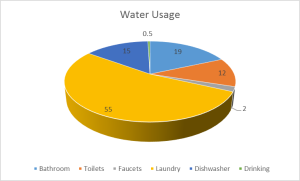Assignment: Read the information about Costa Rica’s conservation efforts in Module 10. In one paragraph, discuss what anthropocentric and ecocentric benefitis this could have. In a second paragraph, talk about how actions like this could be taken to conserve biodiversity in your area or region.
Costa Rica has made a serious investment into their biodiversity by committing to be proactive in their conservation. 25% of its land has been set aside in national park in order to keep at least 80% of its remaining species intact. Also, Costa Rica ended subsidies that encouraged deforestation. Anthropocentric benefits include a blossoming tourism industry that has bolstered the economy. Also, the diversity should keep the region more stable for agriculture. Ecocentric benefits include the protection of more species, cleaner rivers, less soil erosion, and fewer greenhouse gas emissions.
In the northwest region of PA, there is not much land set aside for natural habitat. One example of an existing park would be Presque Isle on Lake Erie, which draws in thousands of tourists every year and generates a lot of business for the local economy. It also protects many native species of plants and animals and preserves a natural piece of the Great Lakes’ shore. Rampant destruction of natural habitat is not a common occurrence in the area, but there would still be recreational and ecological benefits to more land set aside for natural habitat. There is an extensive amount of state game lands in the area that do provide some of this, but they are not very accessible even if they are open to the public. I think it would be beneficial to create more state parks with facilities to make it more attractive for people to visit and enjoy PA wilderness.



